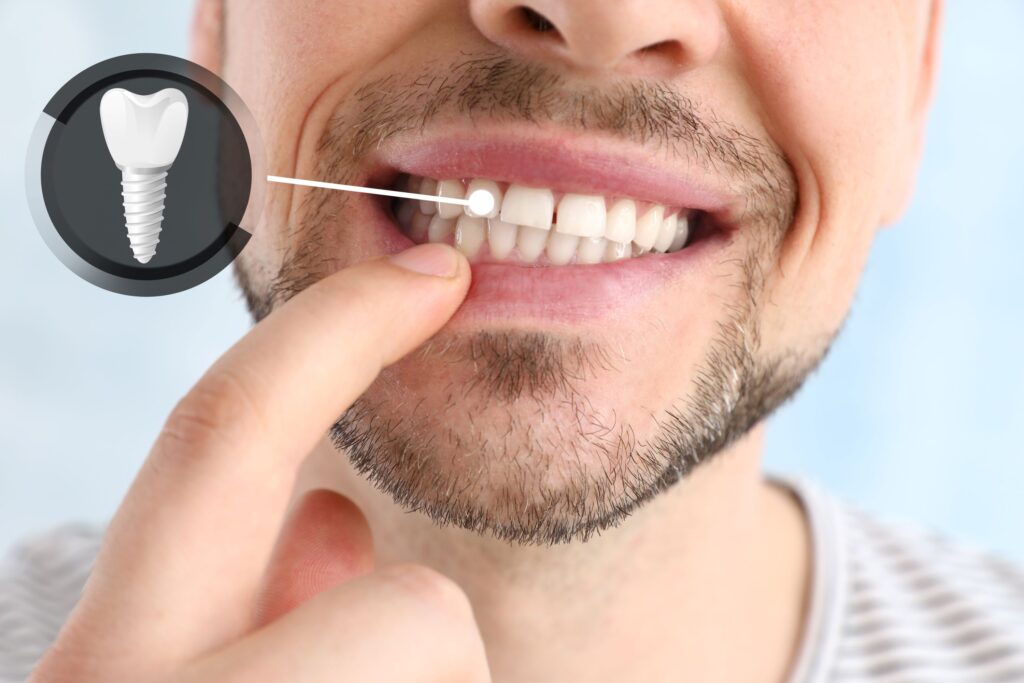
Many experts consider dental implants the ideal way to replace missing teeth because of the unique advantages they provide. Unlike dentures and dental bridges, they are surgically embedded into your jawbone for added strength and stability.
Not only that, but the procedure has an incredibly high success rate of more than 90%, meaning you’re unlikely to experience complications after your procedure. However, dental implants are not completely invincible. If yours feels loose or wobbly, continue reading to learn about three helpful tips to address it.
Tip #1: Assess the Damage
You’ll need to call your dentist to let them know what’s happened, but to do so, you must determine the extent of the damage to the best of your ability. Dental implants have multiple parts: the screw that’s inserted into your jawbone, the abutment connector piece, and the tooth-shaped restoration on top.
A wobbly prosthetic might point to different underlying issues, based on where it feels loose. For instance, if the dental crown on top of the abutment feels destabilized, it could just be that the cement has dissolved or wasn’t placed correctly to begin with. However, if the support rod in your jaw is wiggling, there may be a more serious concern to address, such as peri-implantitis or failed osseointegration. Pinpointing the problem helps you describe what has happened with more accuracy, allowing you to get the right help quickly.
Tip #2: Don’t Chew with It
Regardless of which part is wiggling, it’s essential that you avoid placing too much pressure on your artificial tooth if it feels unstable. You don’t yet know exactly why it’s loose, and adding additional pressure might cause further harm.
For example, as tempting as it might be to touch it with your tongue or fingers, this can trigger adverse sensations, such as sensitivity, irritation, or aches. Not only that, but it could also injure the connective and bone tissues surrounding your implant. Try to avoid pressing, biting, or chewing anything with the affected tooth until after you’ve seen your dentist.
Tip #3: Contact Your Dentist
If you haven’t already, take a moment to call your emergency dentist to let them know what’s happened. They may ask questions over the phone to learn more about your circumstances so they can provide additional care instructions to follow until the scheduled appointment time. When you arrive, they’ll examine your implant to identify the underlying issues and propose treatment plans to repair the damage.
Depending on your circumstances, there’s a chance your dentist can salvage your dental implant. Otherwise, they’ll discuss options for removal or replacement based on the findings of your examination!
Meet the Author
Dr. Bryan Villescas enjoys helping people improve their lives by strengthening their dental condition. He earned his dental degree from the University of Colorado School of Dental Medicine and has since pursued continuing educational opportunities at prestigious institutions, like the Academy of General Dentistry and Spear Education. Today, he offers a comprehensive menu of services to meet all your needs under one roof, including dental implants. He has the advanced training and state-of-the-art equipment to provide each step of the process in the office, including oral surgery. You can request an appointment on the website or by calling (941) 627-9900.
